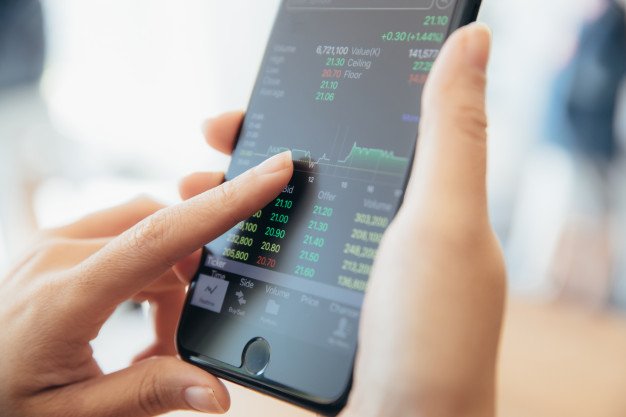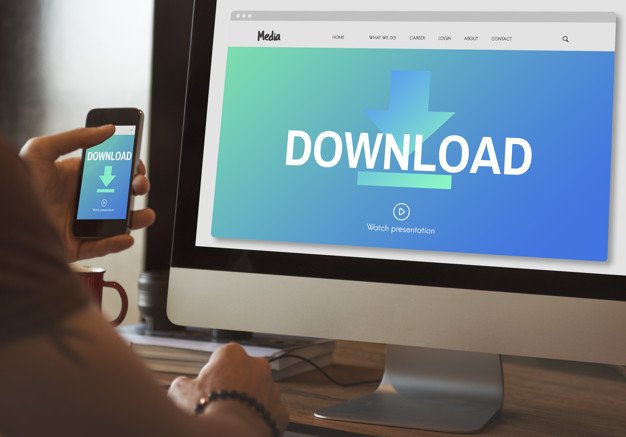Just no ordinary app can surpass top downloads like Facebook, Instagram, Snapchat, and YouTube, but the TikTok app isn’t just like your regular everyday app, and the recent ranking data released by SensorTower, a leading app intelligence firm, has TikTok as the number one downloaded/installed app in the month of September.
The data shows that as at the 29th of September, the app was in the lead of as the most downloaded app with 29.7 percent more than other leading apps. As if that was enough, on the 30th of October, it was revealed that TikTok attained an all-time high value of 42.4 percent more than the other top apps in the ranking charts.
The metrics for September downloads of the app shows it had amassed up to about 3.81 million combined downloads on both Google Play store and App Store. This shows its number of downloads had increased by 31 percent when compared to previous months. At the second position was Facebook which amazed a number of 3.53 million downloads. Checking the progress of the app from last year to this year puts things into perspective. The data showed that there was a 237 percent rise in the number of downloads from October 2017 to October 2018. That is an astronomical rise from the lowly 1.13 million downloads the app recorded in October 2017
There is still a long way for Tik Tok to go:
Although there has been an increase in the number of downloads of the app, there is still a long way for the app to go in becoming a leading app in download stores. The download charts show that at present, TikTok, is stationed at number four, just a position higher than Messenger, and three ahead of Facebook. However, the app was still behind leading apps, YouTube, Instagram and Snapchat who occupied the first three positions respectively.
In terms of monthly user engagement, TikTok still has some catching up to do as it currently sits at just 29 percent in terms of usage. This value is a bit short of the high value of user engagement that Facebook (96 percent), Instagram (95 percent), Snapchat(95 percent) and YouTube (95 percent) have.
The merger between Musical.ly andTikTok is often taken as part of the reasons why TikTok is on the rise. InChina, TikTok goes by another name “Drouin,” and the app claims to have an active global audience of 500 million in over 150 countries around the value of on a monthly basis. But with Instagram reporting over one billion user son a monthly basis, it can be said that TikTok still has a long way to go.
TikTok:
TikTokWikileaks’ entry shows the app was launched by its parent company ByteDance in September 2016. As a prominent short video platform with roots in Asia, the app has gained worldwide coverage, and it is becoming a leading app in its genre.
Byte Dance:
The parent company of the TikTokapp is a Chinese Internet Technology Company, which upon acquiring musical.ly launched TikTok. As it stands, the company has more than 200 million users, and the August 2018 valuation of the Company, has it at $75 billion. If you want to become
Read Also:






















